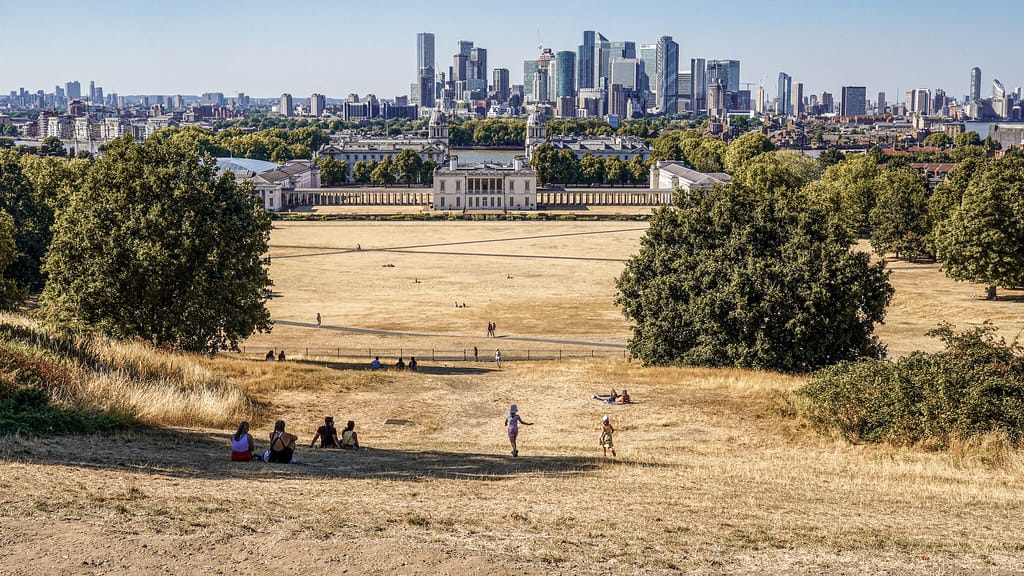Deforestation's Hidden Death Toll: New Study Links Forest Loss to Half a Million Deaths Over Two Decades
A groundbreaking study has revealed the devastating human cost of global deforestation, finding that the loss of forest cover has contributed to approximately 500,000 deaths worldwide over the past 20 years. This shocking statistic transforms our understanding of deforestation from an environmental issue to a direct public health crisis affecting millions of people globally.
The Study's Alarming Findings
Researchers from leading universities analyzed satellite data tracking forest loss alongside mortality statistics from multiple countries between 2000 and 2020. Their findings, published in the journal Environmental Research Letters, establish a clear correlation between deforestation rates and increased death rates in affected regions.
The study focused on how deforestation impacts air quality, temperature regulation, and disease transmission patterns. When forests are cleared, particulate matter increases in the atmosphere, temperatures rise, and disease vectors like mosquitoes find new breeding grounds—all factors that directly threaten human health.
"We've always known deforestation was bad for the environment, but this study quantifies its impact on human mortality for the first time," said Dr. Maria Santos, lead researcher from the International Forest Health Institute. "The numbers are staggering and demand immediate action."
How Forest Loss Kills
Air Quality Deterioration
Forests act as natural air purifiers, absorbing carbon dioxide and releasing oxygen while filtering harmful particulates from the atmosphere. When these green lungs are destroyed, air quality plummets rapidly. The study found that areas experiencing significant deforestation saw particulate matter levels increase by up to 40%, leading to higher rates of respiratory diseases, heart conditions, and premature deaths.
Temperature Extremes
Trees provide crucial cooling effects through shade and evapotranspiration. Without forest cover, local temperatures can spike by 2-5 degrees Celsius, creating dangerous heat island effects. The research linked these temperature increases to thousands of heat-related deaths, particularly among vulnerable populations including the elderly and those with pre-existing health conditions.
Disease Vector Expansion
Perhaps most alarming is how deforestation creates ideal breeding conditions for disease-carrying insects. Cleared forest areas often become stagnant water collection points, perfect mosquito breeding grounds. The study documented significant increases in malaria, dengue fever, and other vector-borne diseases in recently deforested regions.
Global Hotspots of Deadly Deforestation
The research identified several regions where deforestation's human toll has been particularly severe:
Amazon Basin: Brazil and surrounding countries account for nearly 40% of deforestation-related deaths, with indigenous communities bearing a disproportionate burden.
Southeast Asia: Indonesia and Malaysia's palm oil expansion has contributed to an estimated 85,000 deaths through air pollution and habitat destruction.
Central Africa: Logging operations in the Democratic Republic of Congo and Cameroon have disrupted local ecosystems, leading to increased disease transmission and reduced air quality.
Sub-Saharan Africa: Agricultural expansion has eliminated crucial forest buffers, exposing communities to extreme weather and disease vectors.
The Economic Impact
Beyond the tragic human cost, the study calculated that deforestation-related deaths represent approximately $2.3 trillion in lost economic productivity over the two-decade period. This figure includes lost wages, healthcare costs, and reduced agricultural output in affected regions.
Healthcare systems in deforested areas report 30-50% higher rates of respiratory illnesses, overwhelming already strained medical infrastructure and creating cascading public health challenges.
Urgent Action Needed
The study's authors emphasize that these deaths are largely preventable through immediate conservation efforts and reforestation programs. Countries with strong forest protection policies showed significantly lower mortality rates linked to environmental degradation.
"Every hectare of forest we save translates directly into lives saved," noted Dr. Santos. "This isn't just about polar bears and pretty landscapes anymore—it's about human survival."
The Path Forward
This research fundamentally changes how we must approach deforestation policies. Rather than viewing forest conservation as purely environmental, governments and international organizations must recognize it as a critical public health intervention.
The study's findings demand immediate action: strengthening forest protection laws, investing in reforestation programs, and supporting sustainable alternatives to activities driving deforestation. With half a million lives already lost and deforestation rates continuing to climb, the time for half-measures has passed.
The choice is clear—protect our forests, or watch the death toll continue to mount. The trees aren't just dying; people are too.
